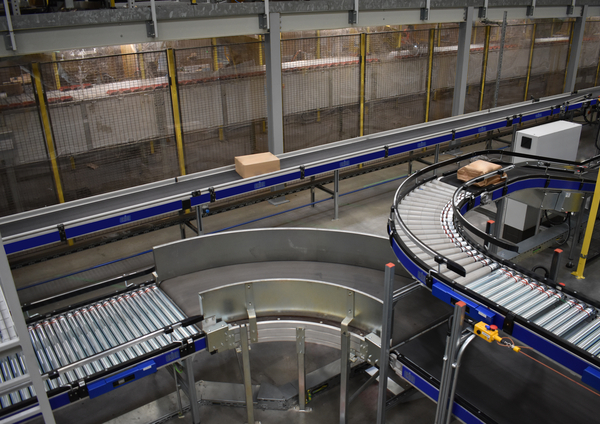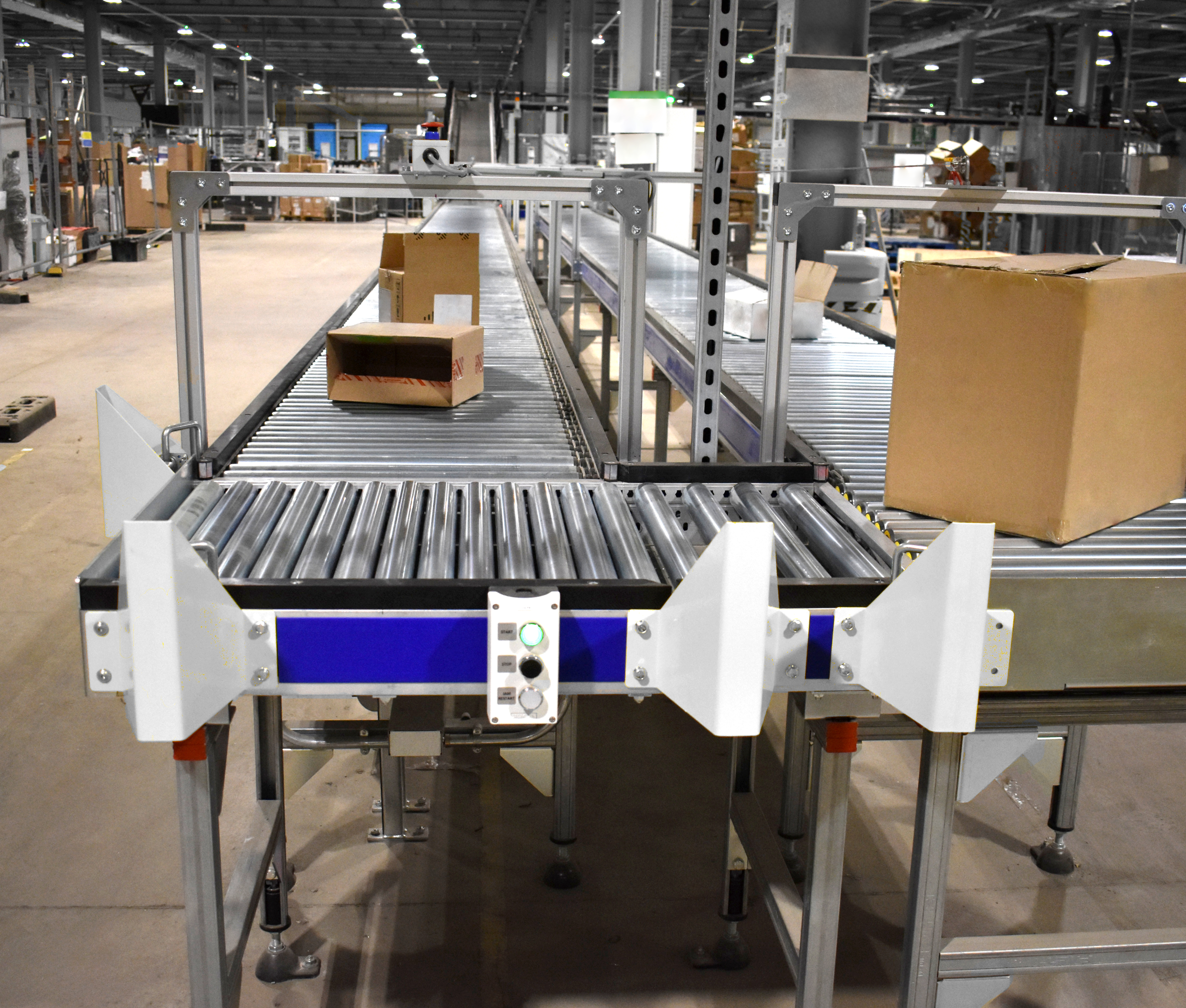

Best Practices for Conveyor System Maintenance
Category
Newest Blogs
All Tag
Intelligent Retrofitting Powered Roller Conveyors "Powered Roller Conveyor manufacturers UK Pallet conveyor Belt Conveyors Belt Conveyors Manufacturers Belt Conveyors Manufacturers In Uk Print Apply Labeling Systems Print Apply Labeling Systems manufacturer Print apply labeling systems cost Belt Conveyor Rolling Conveyor Systems Rolling Conveyor Systems Manufacturers roller conveyor manufacturers uk belt conveyor manufacturers uk conveyor systems manufacturers uk rolling conveyor systems manufacturers uk automotive conveyor system manufacturers uk Powered Roller Conveyors Manufacturers Automotive Conveyor Conveyor Technology Print-Apply Labeling System Print-Apply Labeling System Uk Conveyor Systems Conveyor Systems Uk Conveyor System Rolling Conveyor Systems manufacturers Conveyor Systems Manufacturers roller conveyor manufacturers Pallet Conveyor belt conveyor manufacturers Rolling Conveyor Systems: Rolling Conveyor Systems Uk Pallet Conveyors Pallet Conveyors Manufacturers Pallet Conveyors Manufacturers Uk Belt Conveyors Manufacturers Belt Conveyors Manufacturers Uk rolling conveyor systems manufacturers rolling conveyor systems Rolling Conveyor Systems Rolling Conveyor Systems Manufacturers Uk print apply labeling systems rolling conveyor systems manufacturers Powered Roller Conveyors Uk pallet conveyor manufacturers uk Belt Conveyors belt conveyor manufacturers belt conveyor Automated Warehouse Systems warehouse automation services Roller Conveyors Roller Conveyors Manufacturers Conveyor Systems Manufacturers Uk Fully Automated Warehouse Systems automated warehouse systems Belt Conveyor Manufacturers Belt Conveyor Manufacturers Uk Warehouse Automation fully automated warehouse system Roller Conveyor Systems Manufacturers Roller Conveyor Systems Roller Conveyor Systems Uk Print & Apply Labeling Solutions Warehouse Automation Services Warehouse Automation Services Uk Warehouse Automation Manufacturers Fully Automated Warehouse System Fully Automated Warehouse System Uk Print & Apply Labeling System Print & Apply Labeling System Uk Automated Warehouse System Belt Conveyor Manufacturer Belt Conveyor Manufacturer Uk Pallet Conveyors Uk Roller Conveyor Manufacturers Roller Conveyor Manufacturers Uk Warehouse Automation Services uK Automotive Conveyor System Manufacturers UK Automotive Conveyor System Manufacturers Automotive Conveyor System Manufacturers Uk Powered Roller Conveyors: Powered Roller Conveyors: Uk Conveyor Belt Manufacturer Belt Manufacturer Uk "print apply labeling systems manufacturers uk" Powered Roller Conveyor Systems Rolling Conveyor Systems Manufacturers





